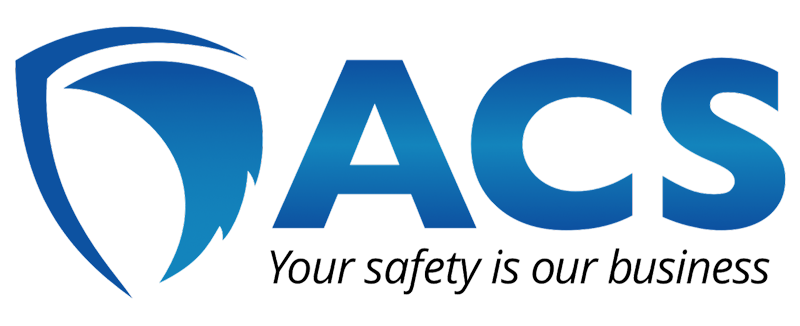Emergency Equipment Accessibility
While it seems common sense to not block emergency equipment, it happens; even if clutter seems only temporary. Blocked emergency equipment (including fire extinguishers, first aid kits, spill kits, eyewash stations, and safety showers) is not only a frequent OSHA citation, it also can have deadly consequences.
General Guidelines for Ensuring Access to Emergency Equipment:
·Immediate Accessibility: Ensure all emergency equipment is immediately accessible in case of an emergency. Placement should be strategic to allow quick and easy access.
Clear Markings: Clearly mark all emergency equipment so they can be easily identified even in stressful situations. Use signs, labels, and floor markings where necessary.
Unobstructed Pathways: Keep all aisles and areas around emergency equipment clear of obstacles at all times. Clutter, even if temporary, can hinder access and pose serious risks during emergencies. In addition, ensure there are clear, unobstructed pathways to the outside from every location in the building. Provide clear signage for emergency exits. Consider the needs of people with disabilities.
Employee Training: Regularly train employees on the locations and proper use of emergency equipment. Make sure they are aware of the importance of keeping the areas around emergency equipment clear.
Equipment Specific Guidelines:
Fire Extinguishers: Place fire extinguishers in easily accessible and clearly marked locations. Ensure that fire extinguishers are visible at all times. Regularly inspect and maintain them to ensure they are in proper working condition.
Fire Alarms/Smoke Detectors: Fire alarms should feature both audible and visible cues and manual pull stations should be available at all exits. Ensure that fire alarms and smoke detectors are unobstructed, conspicuous, and readily accessible. Regularly test and maintain them to ensure they are in proper working condition.
Sprinklers: Ensure that fire suppression systems and sprinklers are unobstructed, conspicuous, and readily accessible and that the piping is not used for hanging or storage.
Fire Doors: Keep fire doors closed at all times. Ensure they are unobstructed, conspicuous, and readily accessible. In addition, these doors should not ever be locked, during working hours.
Eyewash Stations: Ensure that the areas around and under eyewash stations are kept clear of any obstructions. Regularly test and maintain them to guarantee proper functionality in case of an emergency.
Safety Showers: Ensure that the areas around safety showers remain unobstructed. Regularly test and maintain them to ensure they are in proper working condition.
First Aid Kits: Place first aid kits in easily accessible locations throughout the facility. Regularly check and restock them to ensure they contain all necessary supplies. Ensure that first aid kits are not locked, to allow immediate access during emergencies.
Automated External Defibrillators (AEDs): Place AEDs in easily accessible and clearly marked locations. Regularly inspect and maintain them to ensure they are in proper working condition. Train employees on how to use AEDs effectively and ensure the areas around them are kept clear.
Spill Kits: Ensure spill kits are placed in areas where there is a risk of hazardous spills. The spill kit should accommodate the largest container of each type of hazard present, and be appropriate for the specific hazards present, such as acids, bases and solvents. Regularly check and restock them to ensure they contain all necessary supplies for effectively managing spills.
Fire Lanes: Do not park in fire lanes or within 15 feet of fire hydrants. Regularly inspect fire lanes and fire hydrants to ensure they remain accessible for emergency responders.
Implementing these practices helps create a safe and prepared environment, minimizing risks and ensuring that emergency equipment is always accessible when needed. Have questions? Reach out to the knowledgeable team at ACS for help.

